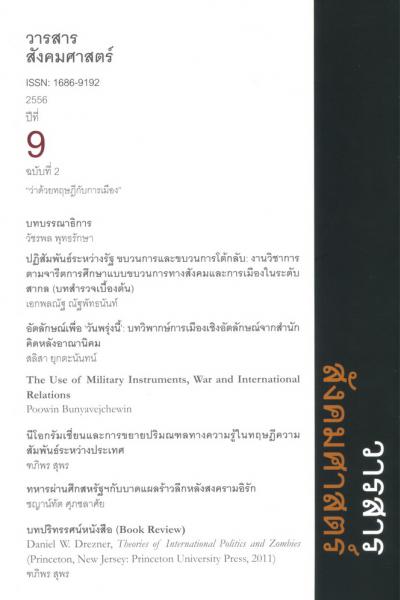The Use of Military Instruments, War and International Relations
Main Article Content
Abstract
In International Relations (IR), one of the peculiarity of our world that is always a centre of contention among theoretical traditions is whether the use of military instruments is an important feature of the contemporary world. Although there has been an inclination towards believing in peace after the end of the Cold War, the exertion of military instruments, this article argues, continue to prevail even in the norms of international institutions itself. This worldview, nevertheless, is not uniformly applicable to the whole world since its foundation has deep root within the West – the Westphalian synthesis. What has occurred in the rest of the world is different since non-Western states generally do not follow traditional concepts, particularly the monopolized use of military instruments, due to the immaturity of state formation deriving from forced modernization and unstable decolonization. Thus, the rest of the world has become ‘prismatic societies’ in which it cannot succeed at reaching the West model, and prismatic phenomenon, the article argues, has repeatedly happened to what is recently called ‘new war’. From this regard, the rest of the world, the article contends, has become a bloodier world in which the use of force is still common but different from traditional wars in the sense that they are decentralized and democratized into non-state actors. At the end, this article concludes that the exertion of military instruments is the particular feature of our world – hence, our sanguineous world.


